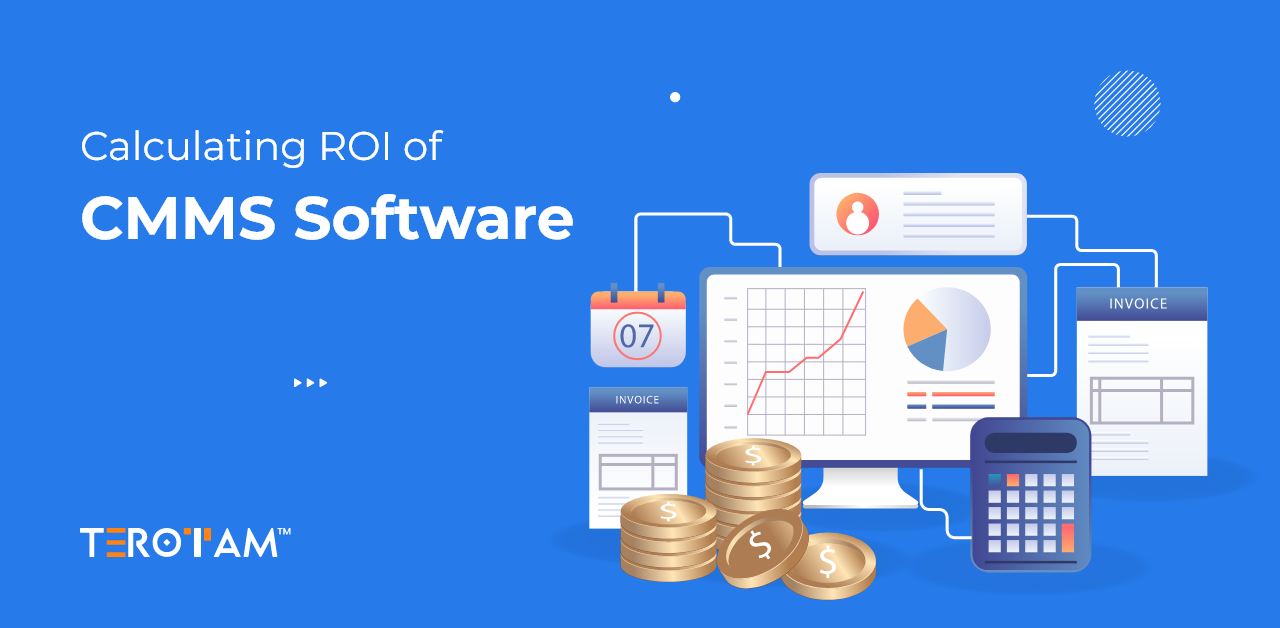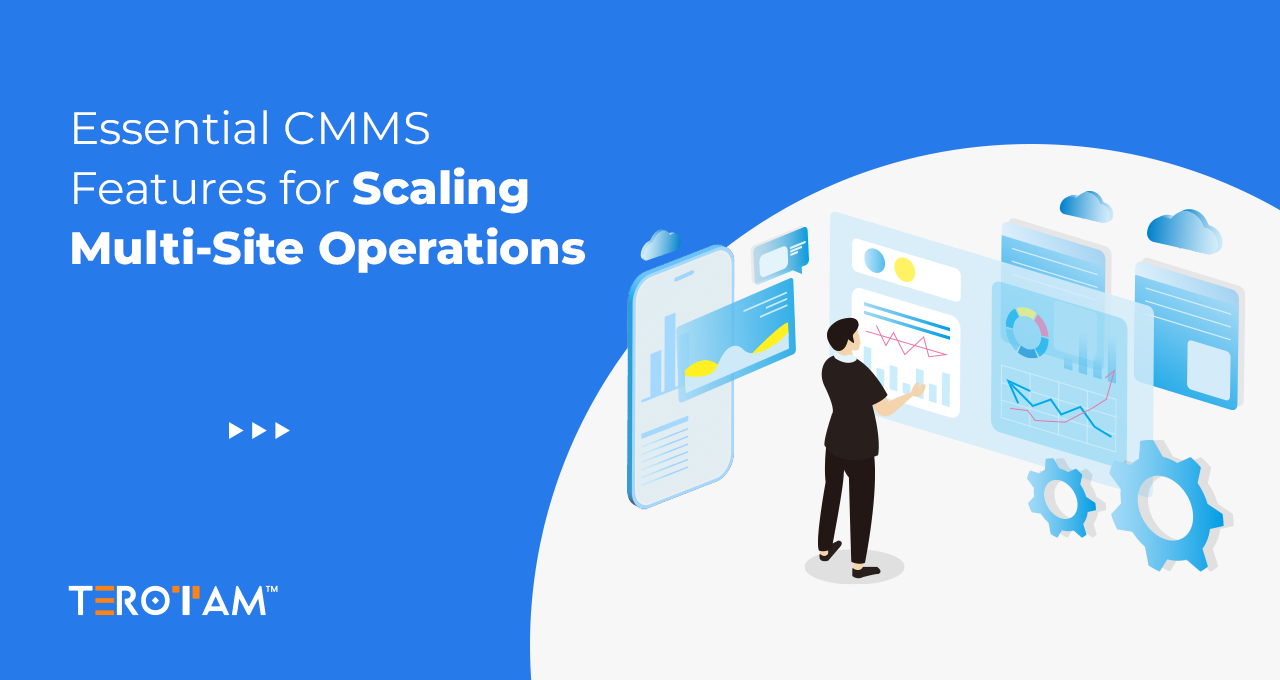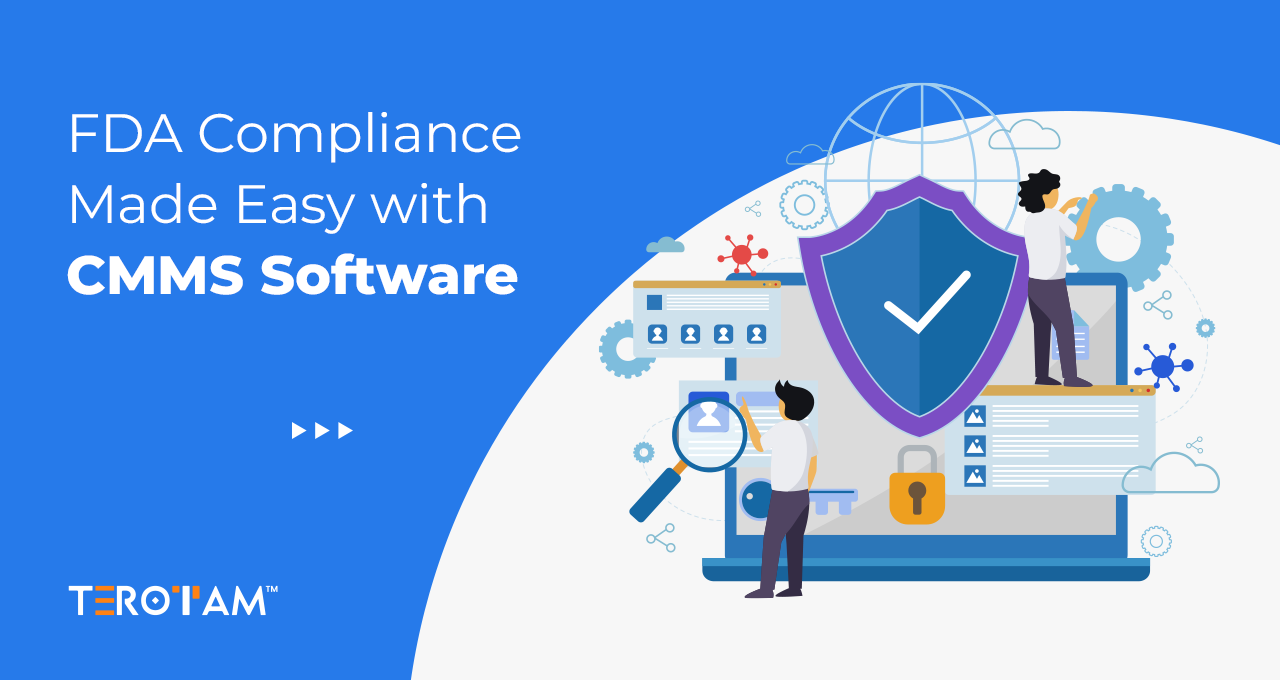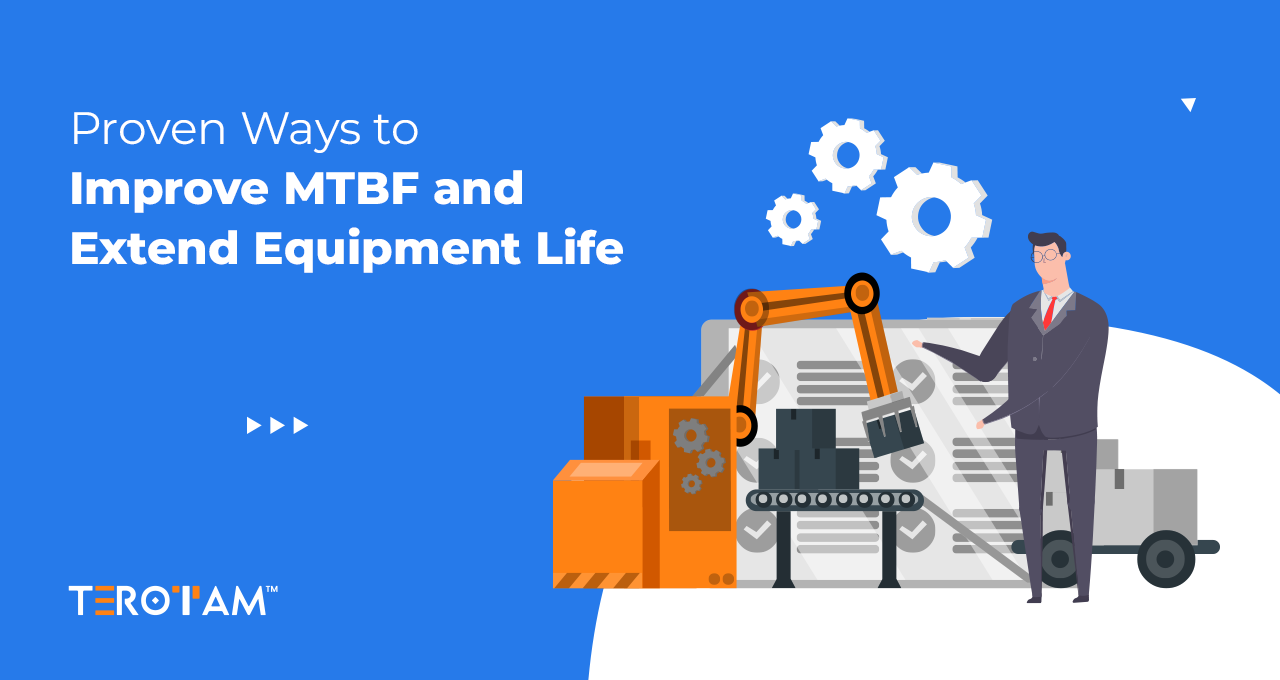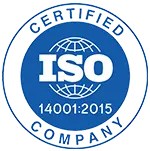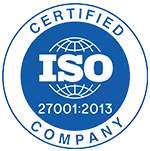Every maintenance leader is under pressure to show how technology investments translate into business value. Computerised Maintenance Management System (CMMS) software often comes under review because it involves recurring costs, but its real worth is in the measurable returns it brings through cost savings, higher efficiency, and improved equipment reliability.
Many organisations adopt CMMS to improve daily operations, but they struggle to put numbers around its benefits. This is where calculating return on investment (ROI) becomes important. ROI provides a clear financial picture, showing how much the business gains compared to what it spends on the system. Without it, the impact of maintenance improvements may remain undervalued.
This article explores how to calculate the ROI of CMMS software, which costs and savings to consider, how to apply the ROI formula, and the best practices to make the calculation reliable.
What does ROI mean in CMMS software?
ROI is a financial measure that compares the benefits of an investment against its costs. For CMMS software, ROI calculation is not limited to license fees but involves a deeper look into how the system impacts maintenance performance and overall business costs.
A well-implemented CMMS helps reduce downtime, cut repair expenses, extend equipment life, and increase team productivity. These improvements translate into cost savings that, when weighed against the total investment, provide the ROI figure.
Why calculating ROI matters for CMMS investments
CMMS is often seen as a necessary tool to organise maintenance tasks, but when decision-makers evaluate technology, they want to see measurable value. ROI calculation bridges this gap by showing the financial impact of maintenance improvements. It helps shift CMMS from being considered an expense to being recognised as a profit-contributing investment.
When ROI is measured, maintenance teams can demonstrate how reduced downtime, lower repair costs, and longer asset life directly translate into savings. This not only strengthens the business case for the software but also ensures leadership understands the return on every dollar spent.
Regular ROI tracking also provides visibility into system performance. It helps identify underutilised features, supports budgeting for future expansions, and builds accountability across departments. Without ROI measurement, the true benefits of CMMS often remain hidden.
- Justifies CMMS investment to senior management with financial proof.
- Highlights cost savings from reduced equipment downtime.
- Shows how preventive maintenance reduces emergency repair costs.
- Demonstrates the financial value of extended asset lifecycle.
- Tracks labour efficiency improvements from digital work orders.
- Validates inventory cost reduction through better stock management.
- Identifies compliance and audit savings linked to the system.
- Supports budget allocation for expansion across multiple sites.
- Builds confidence in maintenance strategies among stakeholders.
What costs should be included when calculating ROI of CMMS?
To calculate ROI accurately, businesses need to identify all cost components of CMMS software. These go beyond subscription fees and often include indirect expenses.
- Software subscription or license fees – The monthly or annual cost of using the system, which is the most visible part of the investment.
- Implementation and setup – Expenses for configuring the system, importing data, integrating with existing ERP or IoT tools, and initial vendor support.
- Training and onboarding – Time and resources spent on training maintenance teams and managers to use the platform effectively.
- Hardware and devices – Mobile devices, scanners, or workstations needed to access and operate the system.
- Support and upgrades – Ongoing costs for technical support, regular software updates, and feature upgrades.
- Customisation or add-ons – Any additional modules or integrations tailored to specific industry needs.
How to calculate ROI of CMMS: the formula explained
The standard ROI calculation formula applies to CMMS as well:
ROI (%) = [(Total Benefits – Total Costs) ÷ Total Costs] × 100
Example:
Suppose a company invests $120,000 annually in CMMS software, which includes subscription, training, and support costs. After one year, the savings achieved are:
- Reduced downtime losses: $200,000
- Extended asset lifecycle savings: $50,000
- Inventory and spare parts optimisation: $30,000
- Labour productivity improvement: $40,000
Total Benefits = $320,000
Total Costs = $120,000
ROI = [(320,000 – 120,000) ÷ 120,000] × 100 = 166%
This means for every $1 invested, the company gains $1.66 in return.
Best practices for accurate ROI measurement of CMMS
Calculating ROI is not just about applying a formula. To make it accurate and meaningful for stakeholders, businesses should follow a structured approach.
- Establish baseline data – Track downtime hours, maintenance expenses, and workforce utilisation before implementing CMMS.
- Measure over a consistent timeframe – Calculate ROI at 6 months, 12 months, and beyond, as results often improve with adoption.
- Account for both direct and indirect savings – Indirect benefits like compliance readiness and energy efficiency should not be ignored.
- Validate with financial teams – Work with finance departments to ensure all numbers align with accounting standards.
- Benchmark against industry peers – Compare ROI results with industry averages to strengthen your case.
- Repeat ROI reviews regularly – As your operation grows, re-evaluating ROI ensures the CMMS continues to deliver value.
Conclusion
The true value of CMMS software comes to light when organisations track its ROI with measurable data. Downtime reduction, longer asset life, improved workforce efficiency, and better inventory control all translate into clear financial returns that justify the investment.
When ROI is calculated on a regular basis, businesses gain deeper insight into how well the system is being used and where improvements can be made. It also creates transparency for leadership teams who want to see how maintenance contributes directly to profitability and operational reliability.
A well-structured ROI assessment helps in making informed decisions about expanding the use of CMMS across facilities, aligning budgets with maintenance goals, and setting a long-term strategy for asset performance.
For guidance on building a tailored ROI model for your business, contact us at contact@terotam.com


